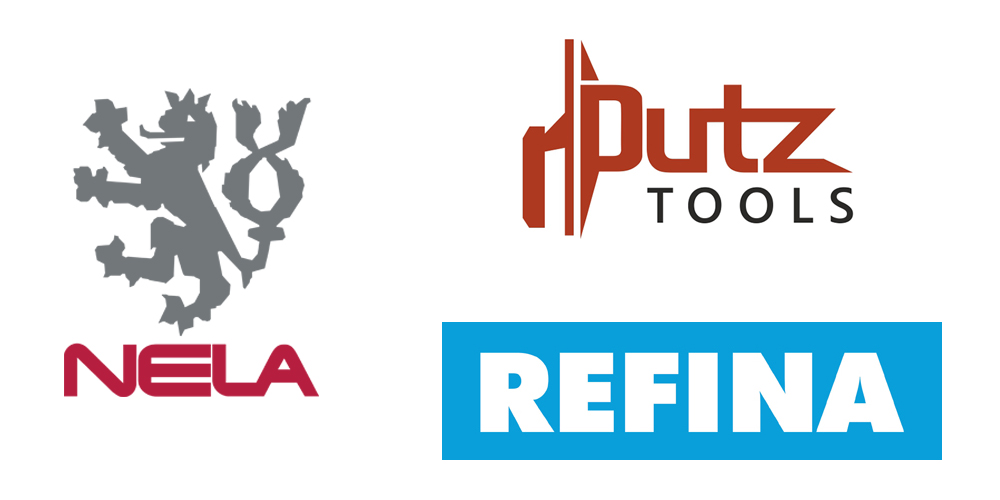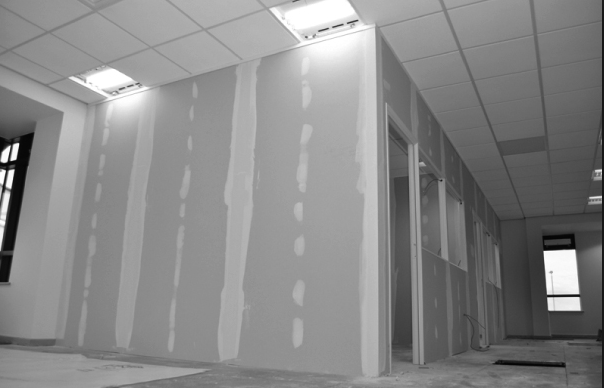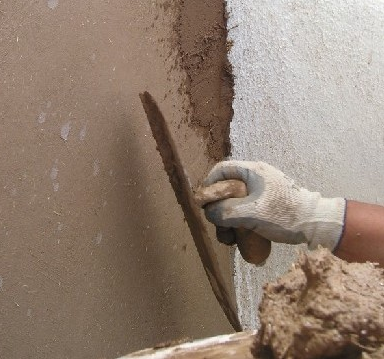There’s certainly an art to plastering and when the job is done well, it can look absolutely stunning. In the same way, when you’re putting up drywall, it’s important to take care to use the proper procedures at every step of the way to achieve an awesome end result.
So, for instance, once the drywall is up, you’ll need to inspect it and check the joints are nice and flat before you begin the taping process. And this is where improving your taping begins.
It’s important to know that your drywall is even first. If there are any problems with your fasteners and trim for example, this should be sorted out. Also you should check you have the right kit before you start, such as the right taping knives and compound pan and ensure that they’re completely clean from the job before. Avoid putting fresh compound on top of dried on stuff!
If you’re looking to get the best results when you’re doing a drylining project, then you can improve your taping with this guide.
GET YOUR COMPOUND RIGHT
Mix up your joint compound to the correct creamy consistency, as per the manufacturer’s instructions and conditions where you’re working. Depending on the layer you’re doing, you can either use ready mixed or the setting type which comes in a powder. (This will need to be mixed with a paddle or mixer, using clean water on a surface which can be cleaned easily or thrown away).
USING YOUR AUTOMATIC TAPER
Every time before you use your taper, make sure all the parts are oiled and working well, also ensure that the gooseneck is attached. If it could do with a service, get it done before you start.
BUTT JOINTS
These are joints with a short or cut edge that are not tapered and more difficult to finish. They are taped and wiped in first (wipe from the centre of the joint in an outwards motion to avoid wrinkling).
As you roll along the joint, remember to lead with the head of the taper. If you’re new to using the taper, remember to stop 2 ½ inches from the end of the joint, and cut the tape by pulling down on the control tube. Then you can roll out the end of the tape, pull the taper away from the wall, and advance the tape for the next joint by pushing up on the control tube. This is a method that can be used throughout.
DO FLAT JOINTS/SIDEWALLS THEN CEILINGS
Follow the details on application, as per butt joints above, and remember to wipe in.
Use both drive wheels on the joint for the first few inches when taping ceilings. Then engage the creaser wheel and tilt the bottom of the taper slightly towards you with only one drive wheel on the drywall surface.
When not in use, the taper head should be put into a bucket of water to prevent the compound from drying.
ANGLE JOINTS
Angle tape can be applied in conjunction with the corner roller and corner finisher, which should have compound applied to the corner wheels and filling the cavities of the corner finisher.
Both wheels must run along the wall surfaces in a straight line with the creaser wheel extended. Again, use the stopping method above.
For vertical angles, roll out a 6-inch tab of tape and put it at the bottom of the angle, then roll the drive wheels along for the first couple of feet to avoid pulling the tape away from the end of the joint. Ease off the pressure on the creaser wheel as you go, to keep things even.
Using the corner roller with compound on the wheels, start from the middle of the angle joint, and use light pressure to roll toward both ends. Do this a second time with firm pressure, so that any excess compound comes out from under the tape ready for the corner finisher.
Smooth the compound over the tape using the corner finisher at the end of the joint then, using light pressure move the tool along the joint to the other end. Lead with the centre nose clip and the blades wiping behind. After angles, detail the bottom corners and ceiling angle intersections with a drywall knife. also ensure that the gooseneck is attached FIRST COAT NAILS/SCREWS
Use a nail spotter to fill fastener depressions. Apply moderate pressure to start the compound flow and draw the tool along the row of fasteners, coming away from the wall in a sweeping motion. Excess compound should be skimmed off while leaving a slight crown over each fastener.
- Give all tools a thorough clean afterwards and inspect the work you’ve done, ensuring all compound is removed from your equipment and flats and angles, fasteners, bead and trim are all done properly.
To find out more about the right tools for your drywall job, take a look at our range online or get in touch with us today.
Find out how you can make huge savings on our taping tools with our Taping Tool Kit Builder, featuring DeWalt and Level 5 taping tools.

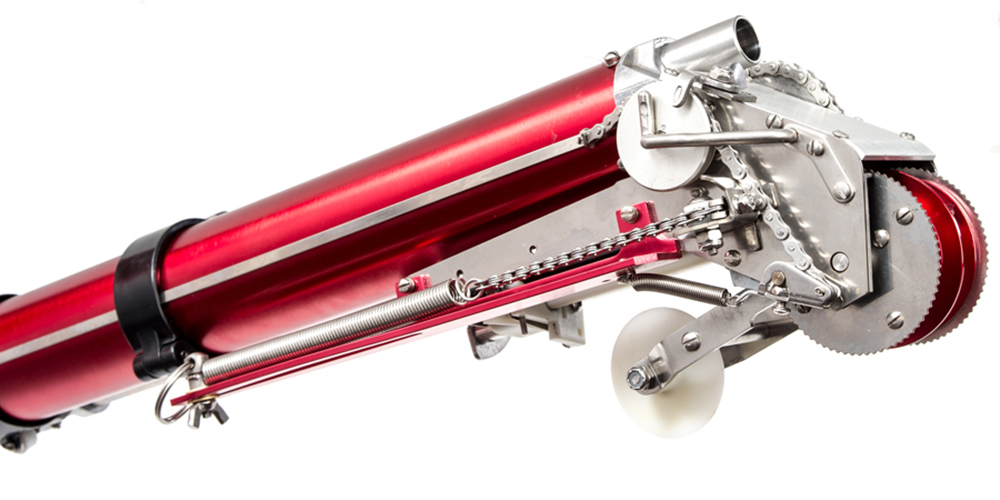
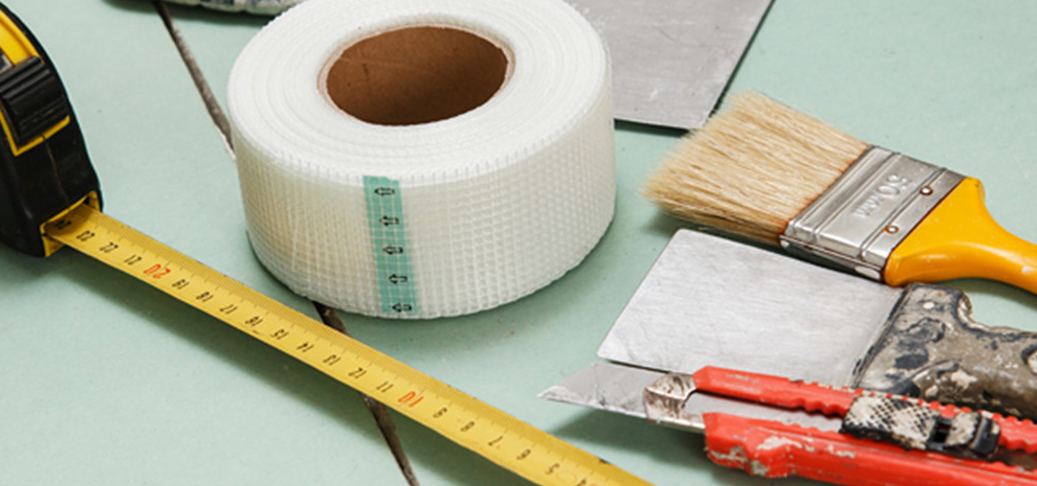
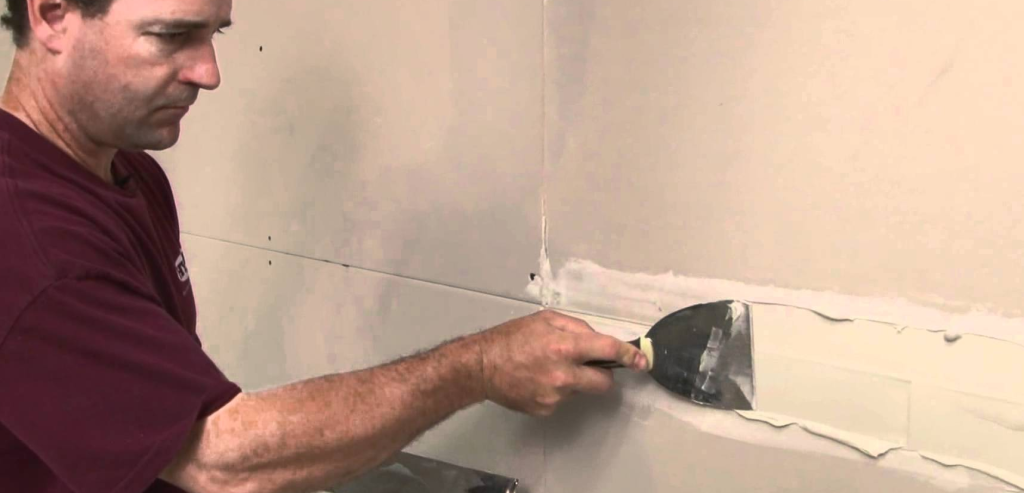


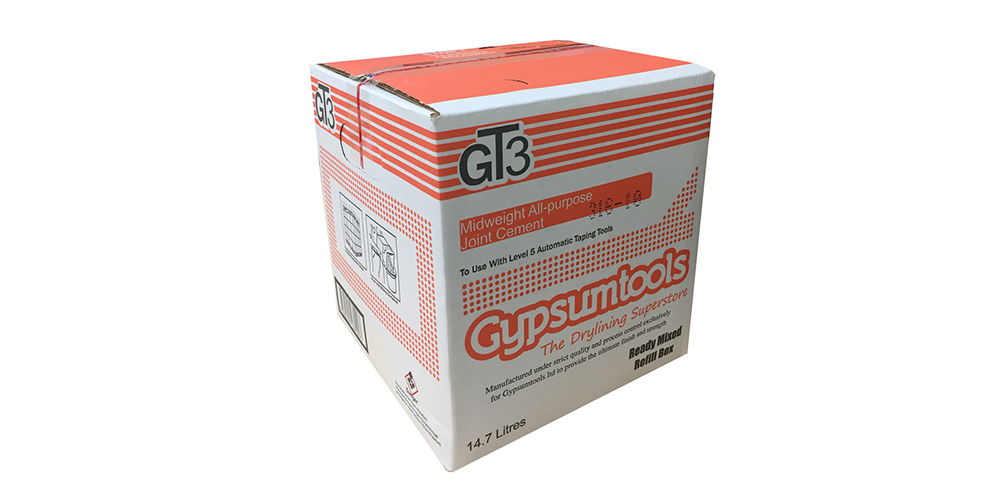
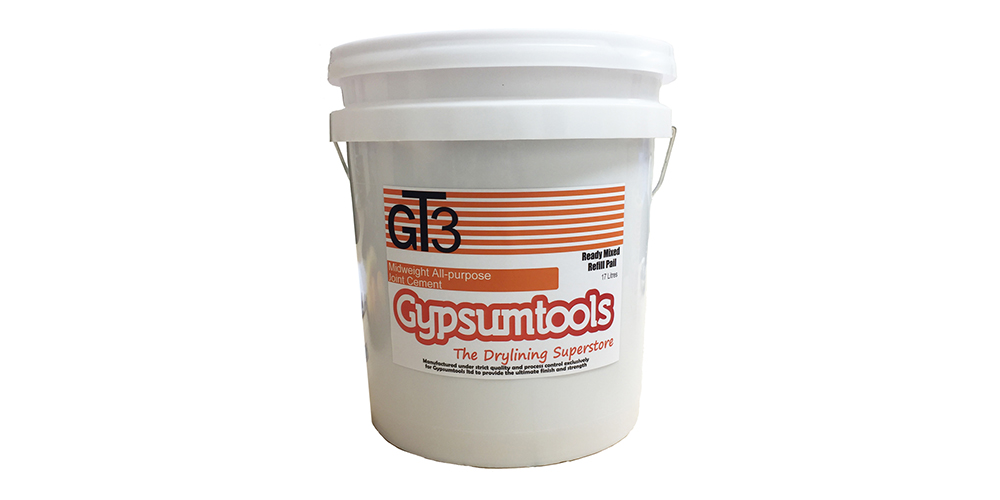
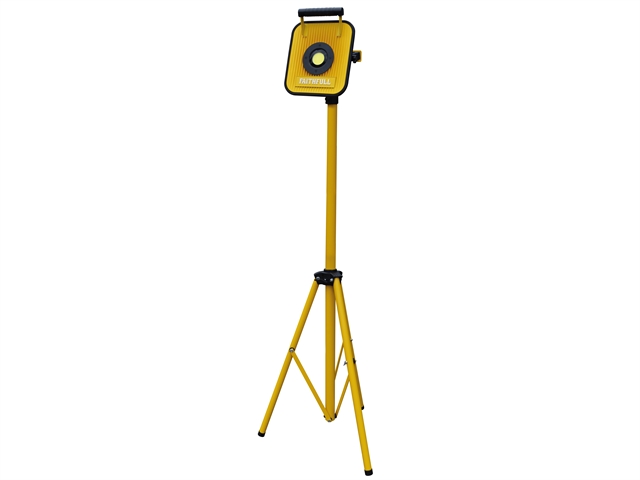
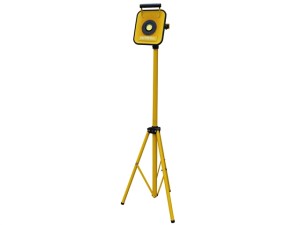 Site lights are an invaluable tool for anyone in the construction trade working on a building site where there’s cluttered or uneven ground and heavy equipment is used. As the days get shorter, the weather murkier and the nights pull in, often people will find themselves working in environments where added and effective lighting is a must. In the same way as they are used on a building site for other workers in the construction trade, site lights for plasterers come in really useful too. After all, when you’re looking for a level 5 finish that’s going to mean no call backs from dissatisfied customers, being able to see what you’re doing really well is a must.
Site lights are an invaluable tool for anyone in the construction trade working on a building site where there’s cluttered or uneven ground and heavy equipment is used. As the days get shorter, the weather murkier and the nights pull in, often people will find themselves working in environments where added and effective lighting is a must. In the same way as they are used on a building site for other workers in the construction trade, site lights for plasterers come in really useful too. After all, when you’re looking for a level 5 finish that’s going to mean no call backs from dissatisfied customers, being able to see what you’re doing really well is a must.
